
To listen to RTÉ.ie's radio and podcast services, you will need to disable any ad blocking extensions or whitelist this site.

0
00:00
00:00
Episode Notes
Panel: Richard Collins & Niall Hatch
Reporter: Terry Flanagan
Researcher: Michele Browne
In addition to listening to us on RTÉ Radio One at 22:00 every Monday night, don't forget that you can also listen back to each of our programmes any time you like at https://rte.ie/mooney. There, you will find an extensive archive of past broadcasts, conveniently split into different topics and segments.
On tonight’s programme, Dr. Matthew Jebb joins us from the island of Lambay, off the coast of north Co. Dublin. With this in mind, our suggestion from the Mooney Goes Wild archives this week is a segment all about the fascinating wildlife of Lambay, which was first broadcast in March 2023. In it, Matthew tells us about the plants and animals that make their homes on this island, the fifth-largest in the Irish Sea, as well as his own strong family connections to Lambay.
To listen to this segment from the Mooney Goes Wild archives, visit
https://rte.ie/radio/podcasts/22227021-the-flora-and-fauna-of-lambay/
The island of Lambay
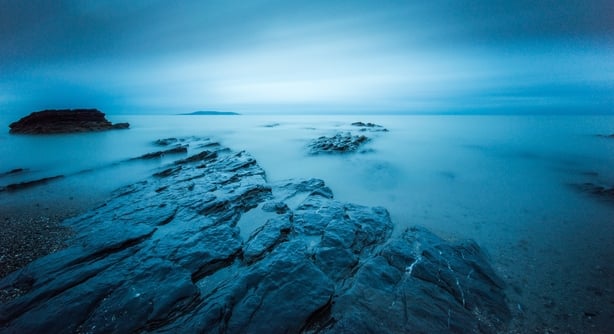
Roughly 1 square mile in area, Lambay is an island which lies a short distance off the coast of north Co. Dublin. It is home to a wonderful array of wildlife, including breeding seabirds, seals and even a population of Red-necked Wallabies. On tonight’s programme, Dr. Matthew Jebb, Director of the National Botanic Gardens at Glasnevin, joins us from Lambay and tells us more.
For more information about Lambay, visit
https://https://www.lambayisland.ie/lambayisland.ie/
An encounter with the Duke of Wellington’s tree in Malahide
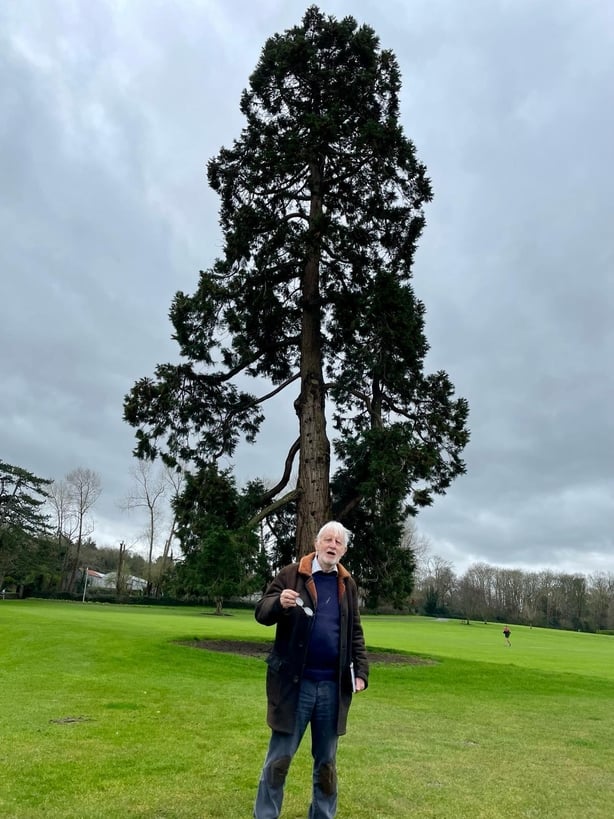
Derek and Richard were taking a stroll recently in Dublin’s Malahide Castle and Gardens, a lovely "haven of peace", as Richard puts it, home to some truly spectacular trees. During their walk, Richard pointed out one of the most impressive of these arboreal specimens, a magnificent and stately Giant Redwood, also known as the Giant Sequoia, Sequoiadendron giganteum. Famously, this species is the largest tree in the world, with some specimens also being amongst the oldest living organisms on Earth.
The species was originally placed in a different genus, Wellingtonia, a name by which these trees are still widely known today. This name was bestowed in honour of Irish-born Arthur Wellesley, 1st Duke of Wellington, who famously vanquished Napoleon at Waterloo and twice served as Prime Minister of the United Kingdom.
Giant Redwoods have characteristically soft, spongy bark: perfect habitat for a variety of birds and insects, but which originally evolved as a form of fire protection for these trees in their native California.
Though not native to our shores, the climate and soil conditions here in Ireland have traditionally been ideal for these branching behemoths. However, sadly all no longer may be well for Irish Giant Redwoods. For many years the tallest tree in the National Botanic Gardens at Glasnevin was a Giant Redwood, but as Director Matthew Jebb tells us on tonight’s programme, two years ago this mighty specimen began to show signs of ill-health and sadly soon succumbed to a fungal disease. This infection now appears to be spreading to other Giant Redwoods, possibly aided by climate change, which does not bode well for the future of this tree species in Ireland.
For more information about Malahide Castle and Gardens, visit
https://malahidecastleandgardens.ie/
For more information about Giant Redwood trees, visit
https://tcd.ie/news_events/articles/2024/trinity-tree-of-the-month---the-giant-redwood/
For more information about the National Botanic Gardens at Glasnevin, visit
Wildlife-watching on the beautiful island of Sri Lanka
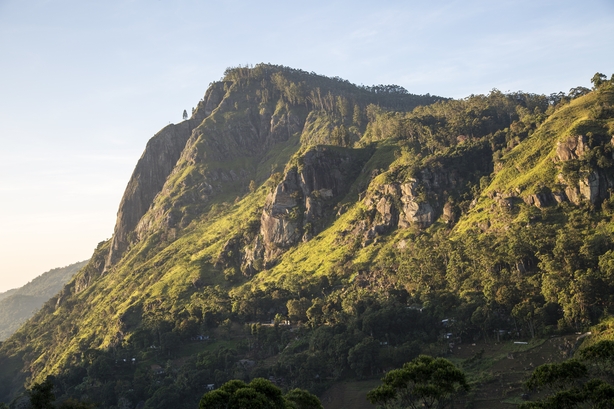
On tonight’s programme, Niall Hatch joins us from the beautiful, nature-rich island of Sri Lanka, located in the Indian Ocean just to the south of the Indian Subcontinent. Niall is visiting Sri Lanka on a birdwatching trip, in the hope of encountering each of the 34 unique, or "endemic", bird species that can be found nowhere else on Earth.
Sri Lanka is also home to a great many other birds, including some resident species which are shared with India and other species which migrate to the island from further north in Asia to spend the non-breeding season. This rich avian diversity, coupled with good tourism infrastructure, an impressive national park network, famously friendly and welcoming people and highly skilled local birding guides, means that Sri Lanka is a birdwatchers’ paradise.
Amongst many ornithological highlights, Niall was particularly excited to see the national bird of Sri Lanka: the Sri Lanka Junglefowl. It looks for all the world like a rather flashy domestic chicken, to which it is closely related, but it is a completely separate and totally wild species that occurs only on this magical island. Another member of the same family, and a species which must be one of the most instantly recognisable creatures on the planet, is the Indian Peafowl, or Peacock, a native bird which is easily seen in Sri Lanka.
Sri Lanka is roughly 80% the size of Ireland, though rises to significantly higher elevations of over 2,500 metres. Its complex topography means that the island is naturally divided into separate wet and dry zones and into uplands and lowlands, each discrete habitat-zone boasting a wide range of very different flora and fauna. Its long isolation from mainland Asia has resulted in the power of natural selection producing a wide range of unique plant and animal species: in addition to its astonishing diversity of birds, Sri Lanka is also home to over 100 amphibian species and more than 180 types of reptiles, including approx. 100 or so species of snake.
Birds aside, as Niall tells us on tonight’s programme from the nature-rich Jetwing Yala resort on the outskirts of Yala National Park, he has been captivated in particular by Sri Lanka’s spectacular mammals. Some, such as Leopard, Asian Elephant, Sloth Bear, Water Buffalo and Golden Jackal, are often easier to see here than anywhere else in the world, and even the diversity of squirrels leaves Europe in the shade . . . not to mention the monkeys. The wildlife also seems to be more approachable and less frightened of humans than in many other Asian countries, something that Richard Collins muses might at least in part be due to the Buddhist ethos that is particularly notable in much of Sri Lanka.
Niall also discusses the importance of ecotourism and wildlife-watching, which can play an enormous role in incentivising the protection of habitats and the conservation of species, because it becomes recognised that flora and fauna have a clear economic value and bring direct benefits to local communities. He also highly recommends using local nature guides and tour companies, which have the regional expertise and know exactly where and when to see target species and how to identify them.
For more information about Sri Lanka, visit
For more information about the rich birdlife of Sri Lanka, visit
https://jetwingeco.com/checklists/birds-sri-lanka-checklist/
For more information about Sri Lankan wildlife, visit
https://jetwingeco.com/wildlife/introduction/
Cloncrow Bog, Co. Westmeath
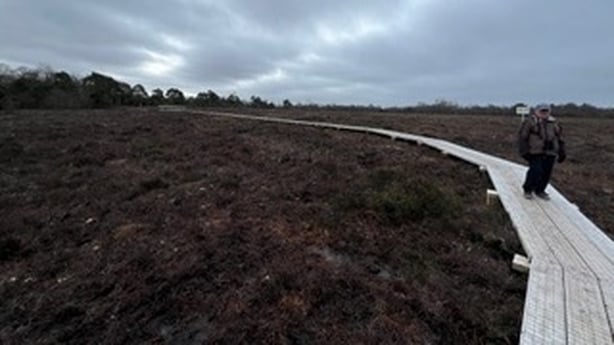
Our resident biologist and roving reporter Terry Flanagan took a trip recently to Cloncrow Bog, just outside the town of Tyrrellspass in Co. Westmeath. The bog is owned locally, by local community members, and represents a wonderful amenity for residents and visitors alike. There, he met up with Eugene Dunbar, secretary of a local organisation called Everything Tyrrellspass Has, On Show, or ETHOS: what a great name!
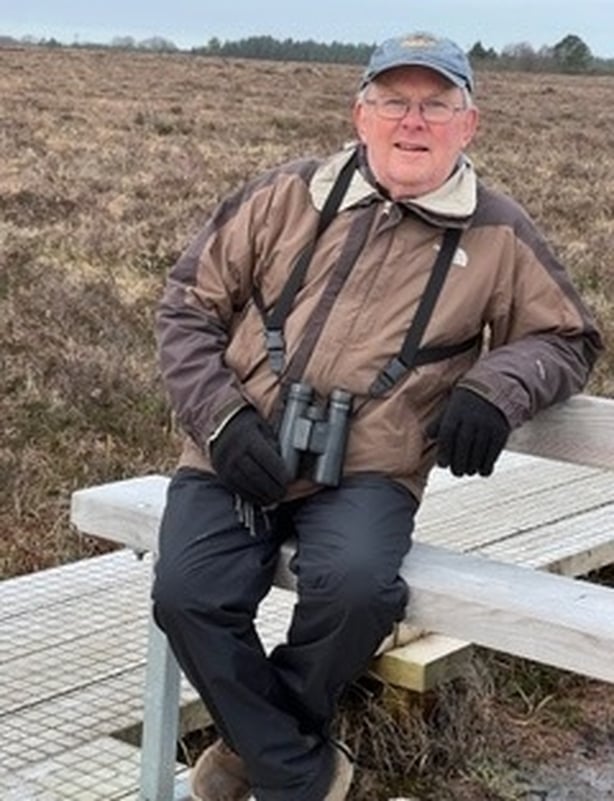
Few people today in Ireland have experienced what a pristine, wildlife-rich raised bog is like, and ETHOS wants to change this and to celebrate the rich natural heritage of the area. As Eugene tells Terry, the organisation recently created a boardwalk and developed a bog trail at Cloncrow, all with a view to helping and encouraging visitors to get up close and personal with the bog and its rich wildlife in a minimally invasive and extremely safe way . . . and all completely free of charge.
For tonight’s programme, Terry and Eugene took a walk along this fantastic trail, discussing the flora and fauna that they met along the way and the benefits that it is bringing to the local community and environment.
For more information about ETHOS (Everything Tyrrellspass Has, On Show), visit
For more information about Cloncrow Bog and Village Trail, visit
https://visitwestmeath.ie/see-and-do/walks-wilderness/cloncrow-bog-and-village-trail-tyrrellspass/
There’s no such thing as shamrock!
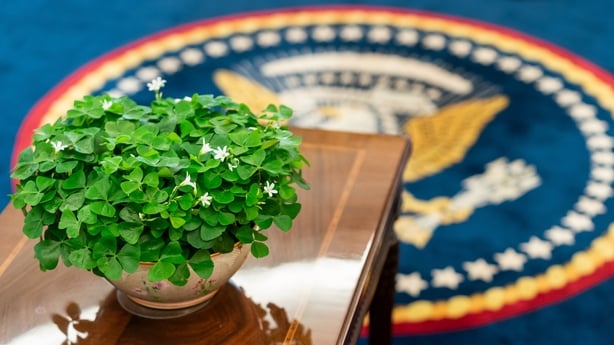
With St. Patrick’s Day now done and dusted for another year, Terry thought it was the perfect opportunity to burst a few bubbles by breaking the shocking news to our listeners that there is no such thing as shamrock! The name comes from the Irish "seamair óg", which means "young clover", and that’s all that our national plant really is.
For more information about shamrock, which is really just a type of clover, visit
https://en.wikipedia.org/wiki/Shamrock
Episode Playlist


